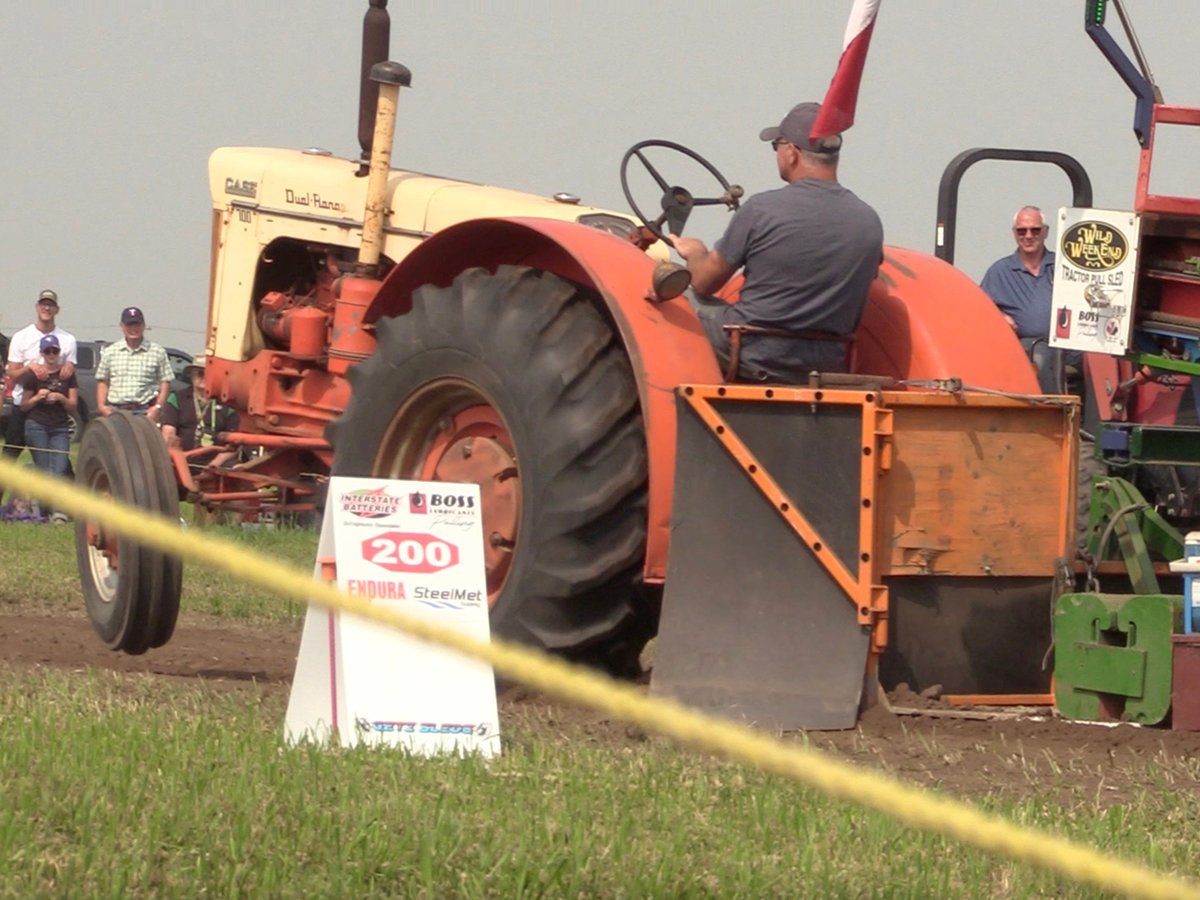Q: I have lost 10 acres because of a neighbour’s lagoon flowing over my
land. Can I make a claim against the owner of the lagoon?
A: In answering your question, three scenarios need to be considered.
First, assume the lagoon is owned by a private landowner such as a
resort operator. Second, assume the lagoon is owned by a farmer.
Finally, we’ll say the lagoon is owned by a municipality.
Three legal rules apply to the first scenario. The Rylands vs.
Read Also

Vintage power on display at Saskatchewan tractor pull
At the Ag in Motion farm show held earlier this year near Langham, Sask., a vintage tractor pull event drew pretty significant crowds of show goers, who were mostly farmers.
Fletcher rule, named after an 1868 English case, states that if you
bring something dangerous onto your land and it escapes, you are liable
for the damage it causes. This rule has been adopted by Canadian
courts. It has been applied to leakage of chemicals, damage from spray
drift, and water and sewage that has escaped from holding tanks or
lagoons.
The legal doctrine of nuisance has been applied to find liability when
spray drift, smoke, noise and odour have affected the neighbour. So if
you decide to burn your stubble and the smoke makes it impossible for
your neighbour to stay in her house for the next few days, you are
liable. Under the above two rules, the resort owner would be liable.
There is also negligence. This means that if you haven’t taken
reasonable care and precaution to prevent damage to others, you are
liable. So if that fire escapes because you haven’t constructed a fire
guard, you would be liable in negligence. And if the sewage lagoon
broke because the resort owners haven’t regularly inspected it, they
would be liable in negligence.
As a general rule the doctrine of nuisance does not apply to farming
operations. Most provinces have passed legislation that states a farmer
who is using normally accepted practices and who has complied with
local land use laws cannot be sued in nuisance.
However, if the hog operation failed to monitor the lagoon and it
overflowed, the owner could be sued in negligence.
Different legal rules apply to municipalities. In Tock vs. St. John’s,
the Supreme Court ruled that municipalities cannot be held liable under
either Rylands or nuisance if the loss has occurred because the
municipality was required to do something by legislation. However, if a
municipality had discretion as to whether to do something, then it
could be liable. This particular case involved damage from a plugged
sewer system after a heavy storm. The court said the construction and
operation of the sewage system was left to the discretion of the
municipality. Therefore, it was liable.
The extent to which a municipality is liable will also depend on the
relevant municipal act. Alberta’s Municipal Government Act provides
that municipalities are only liable if they have been negligent. You
would have to show that the lagoon was improperly constructed or not
properly maintained.
Saskatchewan’s Rural Municipality Act provides that municipalities are
not liable in nuisance for “overflow of water in sewers, road drains,
or ditches … if … caused by an extraordinary event.” Nevertheless,
sewage lagoons don’t usually overflow. When they do, I think one can
argue there is a good chance there was some negligence.
Don Purich is a former practising lawyer who is now involved in
publishing, teaching and writing about legal issues. His columns are
intended as general advice only. Individuals are encouraged to seek
other opinions and/or personal counsel when dealing with legal matters.
















